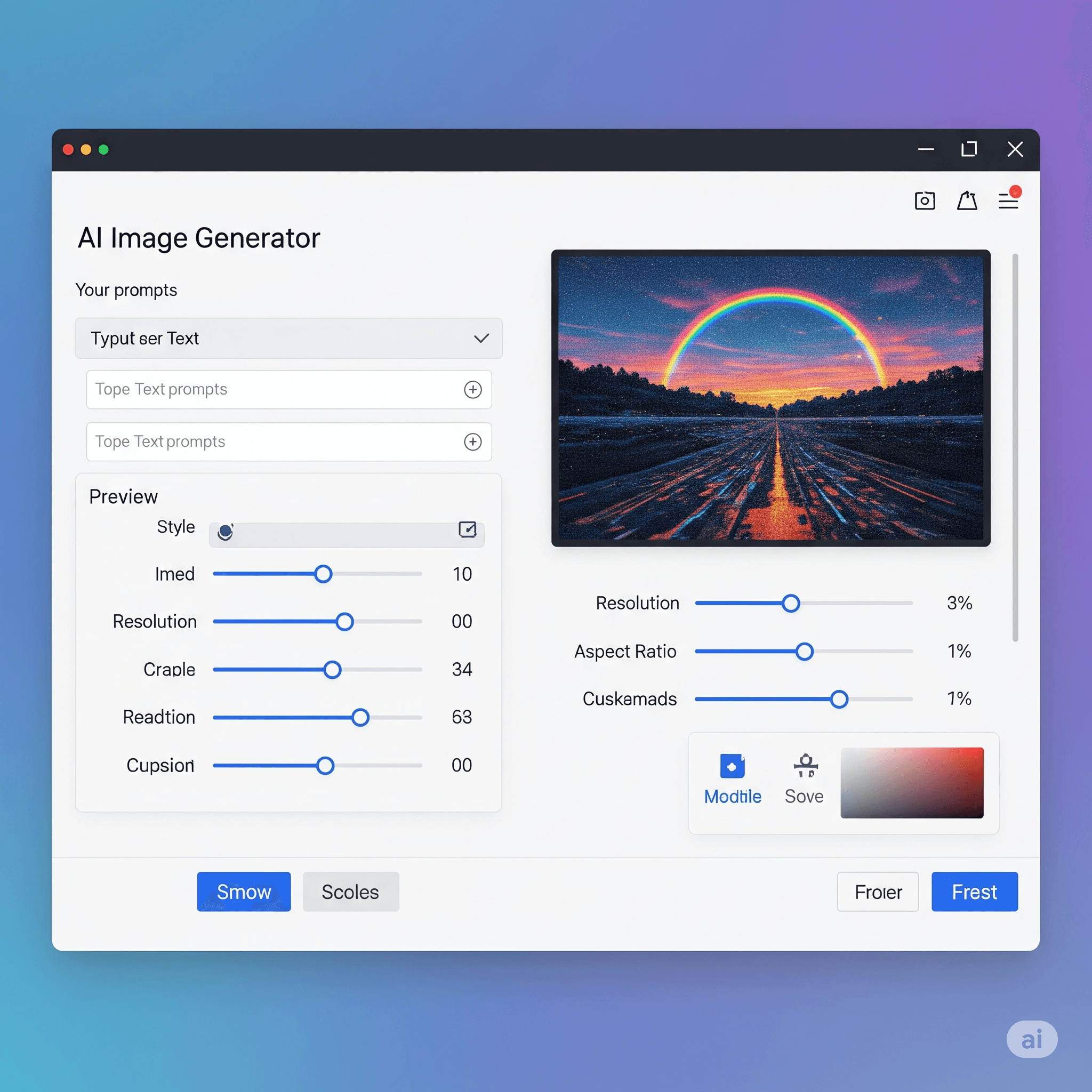Question: What is The Structure of Management Information (SMI)?
Answer:
The Structure of Management Information (SMI) is a set of guidelines and specifications that define the structure and organization of management information within the Simple Network Management Protocol (SNMP). It is a crucial component of SNMP, which is a protocol used for managing and monitoring network devices.
The SMI defines the rules for organizing and describing management information in a standardized way. It specifies the syntax, data types, and format for representing managed objects and their attributes. The SMI ensures that different SNMP implementations can interpret and exchange management information effectively.
Here are some key aspects of the Structure of Management Information (SMI):
1. Object Identifiers (OIDs): The SMI defines a hierarchical naming scheme using Object Identifiers (OIDs) to uniquely identify each managed object. OIDs are numeric values assigned to objects within the management information tree. They provide a structured way to reference and locate specific objects in the SNMP management system.
2. Data Types: The SMI specifies various data types that can be used to represent information in SNMP. This includes fundamental types like integers, strings, and booleans, as well as more complex types like sequences and tables. Each managed object is associated with a specific data type that determines how the information is encoded and decoded.
3. Structure and Format: The SMI defines the structure and format for defining managed objects using a language called the Structure of Management Information Definition Language (SMI-DL). This language allows for the creation of Management Information Base (MIB) modules that describe the managed objects, their attributes, and the relationships between them.
4. MIB Modules: MIB modules are the building blocks of SNMP management information. They are defined using the SMI-DL and contain collections of related managed objects. MIB modules provide a standardized way to organize and group management information. They are often published and shared, allowing different SNMP management systems to access and interpret the same set of managed objects.
Overall, the Structure of Management Information (SMI) provides a standardized framework for organizing, describing, and exchanging management information within the SNMP protocol. It ensures interoperability between different SNMP implementations and allows for consistent management of network devices across diverse environments.
MCQ: The management component in the Internet that is used to name the objects is called __________.
Explanation:
The Structure of Management Information (SMI) is a set of guidelines and specifications that define the structure and organization of management information within the Simple Network Management Protocol (SNMP). It is a crucial component of SNMP, which is a protocol used for managing and monitoring network devices.
The SMI defines the rules for organizing and describing management information in a standardized way. It specifies the syntax, data types, and format for representing managed objects and their attributes. The SMI ensures that different SNMP implementations can interpret and exchange management information effectively.
Here are some key aspects of the Structure of Management Information (SMI):
1. Object Identifiers (OIDs): The SMI defines a hierarchical naming scheme using Object Identifiers (OIDs) to uniquely identify each managed object. OIDs are numeric values assigned to objects within the management information tree. They provide a structured way to reference and locate specific objects in the SNMP management system.
2. Data Types: The SMI specifies various data types that can be used to represent information in SNMP. This includes fundamental types like integers, strings, and booleans, as well as more complex types like sequences and tables. Each managed object is associated with a specific data type that determines how the information is encoded and decoded.
3. Structure and Format: The SMI defines the structure and format for defining managed objects using a language called the Structure of Management Information Definition Language (SMI-DL). This language allows for the creation of Management Information Base (MIB) modules that describe the managed objects, their attributes, and the relationships between them.
4. MIB Modules: MIB modules are the building blocks of SNMP management information. They are defined using the SMI-DL and contain collections of related managed objects. MIB modules provide a standardized way to organize and group management information. They are often published and shared, allowing different SNMP management systems to access and interpret the same set of managed objects.
Overall, the Structure of Management Information (SMI) provides a standardized framework for organizing, describing, and exchanging management information within the SNMP protocol. It ensures interoperability between different SNMP implementations and allows for consistent management of network devices across diverse environments.
Discuss a Question
Related Questions
- 1. <div class="group w-full text-gray-800 dark:text-gray-100 border-b border-black/10 dark:border-gray-900/50 dark:bg-gray-800"> <div class="flex p-4 gap-4 text-base md:gap-6 md:max-w-2xl lg:max-w-[38rem] xl:max-w-3xl md:py-6 lg:px-0 m-auto"> <div class="relative flex w-[calc(100%-50px)] flex-col gap-1 md:gap-3 lg:w-[calc(100%-115px)]"> <div class="flex flex-grow flex-col gap-3"> <div class="min-h-[20px] flex flex-col items-start gap-4 whitespace-pre-wrap break-words"> <div>What is MIB in Data Communication?</div> </div> </div> </div> </div> </div> <div class="group w-full text-gray-800 dark:text-gray-100 border-b border-black/10 dark:border-gray-900/50 bg-gray-50 dark:bg-[#444654]"> <div class="flex p-4 gap-4 text-base md:gap-6 md:max-w-2xl lg:max-w-[38rem] xl:max-w-3xl md:py-6 lg:px-0 m-auto"> <div class="flex-shrink-0 flex flex-col relative items-end"> <div class="w-[30px]"> <div class="relative p-1 rounded-sm h-[30px] w-[30px] text-white flex items-center justify-center"></div> </div> </div> </div> </div>
- 2. The management component in the Internet that sends messages is called _______
- 3. A search engine is a program to search
- 4. HTML stands for
- 5. The second section of a request message in HTTP is the__________
- 6. The third section of a request message in HTTP is the__________
- 7. An URL is normally made of _______ parts
- 8. In the URL HTTP://xxxx:yyyy/zzzz, the method is _________.
- 9. XLL definition is used along with XML to specify
- 10. DTD definition is used along with XML to specify
You may be interested in:
Web Fundamental MCQs






